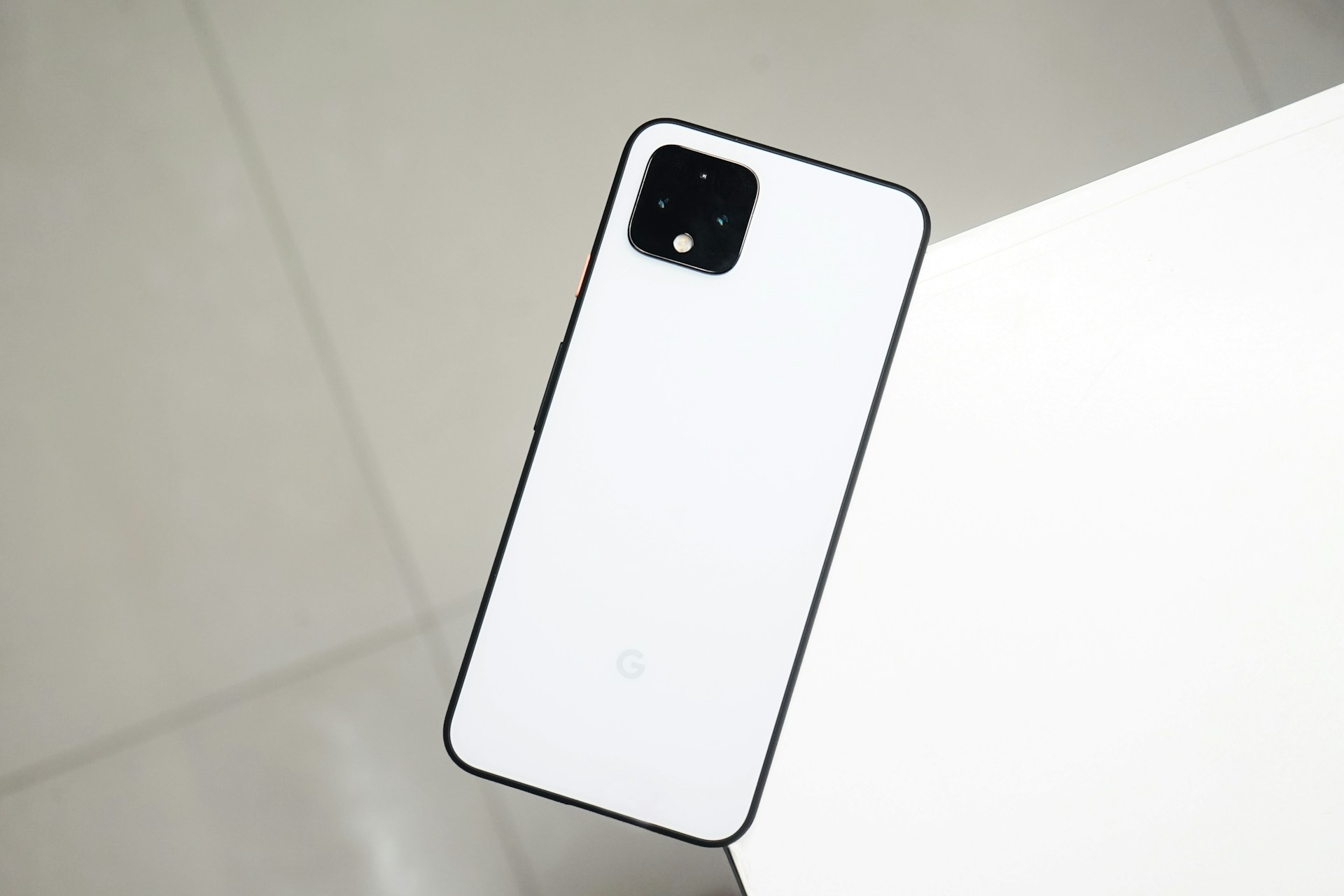Google Pixel 9a Will Limit Battery Voltage After 200 Charge Cycles
When the Pixel 9a launches in Germany on April 14 after a slight delay, buyers will encounter a new battery feature that can’t be turned off. Google has introduced an automatic “battery health optimization” system, which will reduce the battery’s maximum voltage after 200 charge cycles in an effort to extend the device’s overall battery lifespan.
According to Google, the Pixel 9a will be the first of its smartphones to come pre-installed with this feature by default. Unlike previous models, users won’t have the option to disable it. A recently updated support document on Google’s website, which now includes information specific to the Pixel 9a, explains that the optimization is intended to increase battery longevity and stability over time.
Battery Lifespan Management Built In
The company clarifies that lithium-ion batteries are consumables, meaning they naturally degrade and eventually need replacement. The Pixel 9a will receive a software update that introduces this optimization, enabling the device to automatically manage battery condition and performance as it ages.
Specifically, the system will begin gradually lowering the battery’s voltage after 200 charge cycles. This process will continue until the device reaches approximately 1,000 charge cycles, at which point the voltage regulation will cease. According to Google, this approach helps to stabilize battery performance and reduce wear over time.
The company notes that, as a battery ages, its ability to hold a charge may diminish slightly. To address this, since the release of the Pixel 8a last year, Google has recommended replacing the battery once its remaining capacity drops below 80% or once it has completed 1,000 full charge cycles—whichever comes first.
Charging Speed Will Also Be Affected
In addition to lowering the voltage, the optimization feature also adjusts the phone’s charging speed based on the battery’s condition and capacity. Users might notice a slight change in charging performance as a result, which is expected behavior, according to Google’s documentation.
Update Coming to Older Pixel Phones—But Optional
While the Pixel 9a will enforce this system automatically, Google has announced plans to bring the same optimization to other Pixel smartphones later this year through software updates. However, in contrast to the 9a, users of older devices will have the option to enable or disable the battery health optimization manually.
On the Pixel 9a, though, this choice won’t exist. The feature is permanently active and cannot be turned off. Google makes it clear in its documentation: “Battery health optimization settings on the Pixel 9a cannot be changed by the user.”
This move reflects a broader trend in the tech industry, where manufacturers are looking for ways to proactively manage battery health, particularly as consumers hold onto their devices for longer periods. While some users may appreciate the extended battery lifespan, others may find the lack of user control concerning—especially those who prioritize faster charging speeds or wish to monitor battery performance on their own terms.
Nevertheless, Google appears confident that this new system will lead to more durable devices over time, especially as battery efficiency and reliability remain key concerns for smartphone users worldwide.

